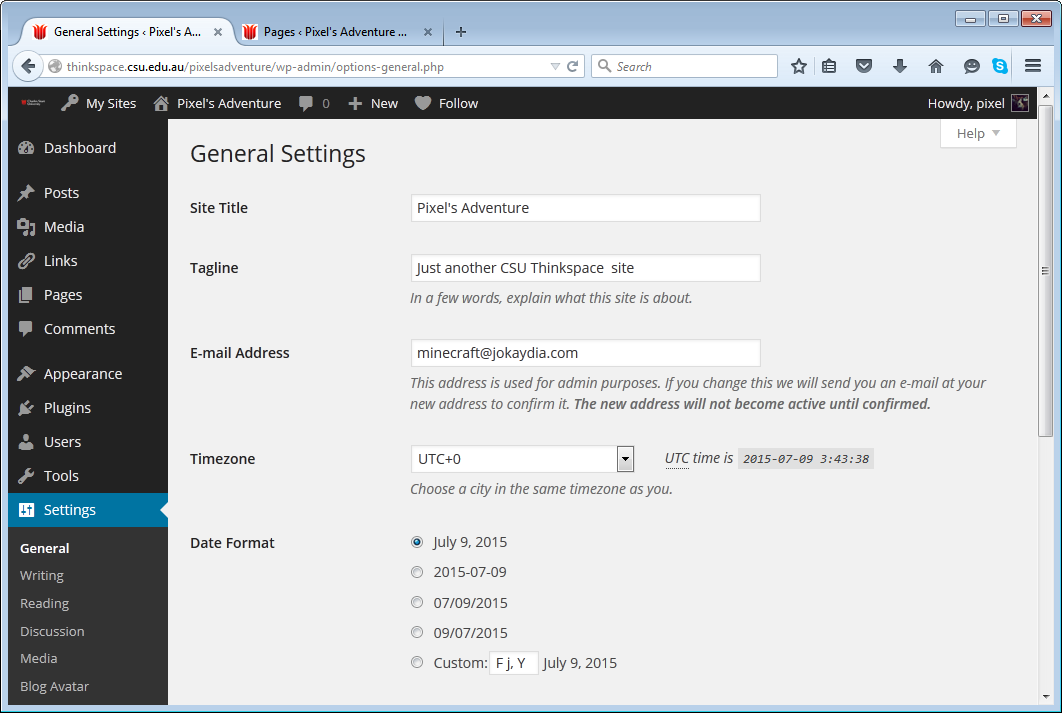
– In 2010, the overall U.S. incidence estimate for sickle cell trait was 15.5 cases per 1,000 births, ranging from 0.Eight instances per 1,000 births in Montana to 34.1 circumstances per 1,000 births in Mississippi.
– The U.S. incidence estimate for sickle cell trait (primarily based on data supplied by 13 states) was 73.1 instances per 1,000 black newborns, 3.Zero circumstances per 1,000 white newborns, and 2.2 circumstances per 1,000 Asian or Pacific Islander newborns. The incidence estimate for Hispanic ethnicity (inside 13 states) was 6.9 cases per 1,000 Hispanic newborns.
– The full variety of infants born with sickle cell trait in 2010 was estimated to be better than 60,000.
– The incidence of sickle cell trait varies vastly from state-to-state and amongst completely different races and ethnicities; however every state and site (133.6.219.42) racial/ethnic inhabitants has folks living with the condition.
Case administration is a formal and skilled service with the aim of linking individuals with chronic circumstances similar to HIV/AIDS and a number of service needs to major medical healthcare, treatment, and social companies, working to ensure that they obtain well timed, coordinated assistance to reinforce their capability to operate independently. The overall goals of case management are to:
Simple Transfusion. Simple transfusions involve the infusion of 1 or two units of donor blood to restore blood quantity ranges and oxygen stream. It is used for reasonably severe anemia, severe fatigue, and non-emergency conditions when there’s a need for elevated oxygen. Additionally it is used for acute chest syndrome.
Exchange Transfusion. Exchange transfusion involves drawing out the individual’s blood while exchanging it for donor red blood cells. Exchange transfusions could also be used when there is any evidence that the person’s situation is deteriorating. It prevents stroke and will even be used in individuals with severe acute chest syndrome. It reduces the danger for iron overload in people who require chronic transfusion therapy.
Iron Overload and Chelation Therapy
Current epidemiologic surveys of US NHANES from 1988 to 2012, 2011-2014, and 1999-2016 have estimated a total prevalence of 0.35% (95% CI 0.28-0.45) or 0.84 million adults. However, because of the intrinsic methodologic limitations of the epidemiologic survey, including exclusion of institutionalized individuals and underneath-sampling of high-danger populations, US NHANES is likely to underestimate the HBV prevalence. By contrast, imputation research corresponding to those reported by Kowdley et al. utilizing country-specific pooled HBV rates utilized to US Census Bureau population knowledge by country of beginning have led to an estimated prevalence vary of 1.62-2.21 million persons. Nevertheless, these analyses could overestimate prevalence because of the reliance on nation-particular prevalence research enriched with high threat people who will not be representative of cohorts immigrating to the US and are of variable methodologic high quality. In gentle of this disparity, the CLDF panel aimed to generate an updated prevalence estimate based mostly on a literature overview of HBV in US-born and foreign-born individuals, and additional key populations at increased threat for HBV. Nevertheless, the authors recognized a significant paucity of high quality proof to support accurate nonsurvey prevalence estimates in key populations.






































.jpg/320px-Grue_Titan_Grise%2C_Nantes_(11).jpg)







